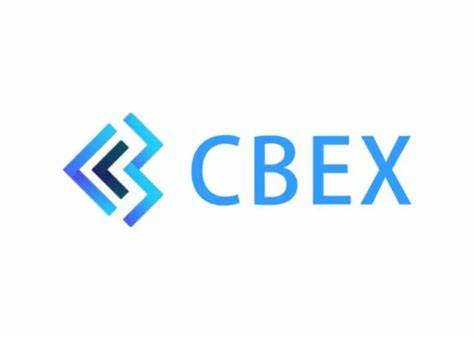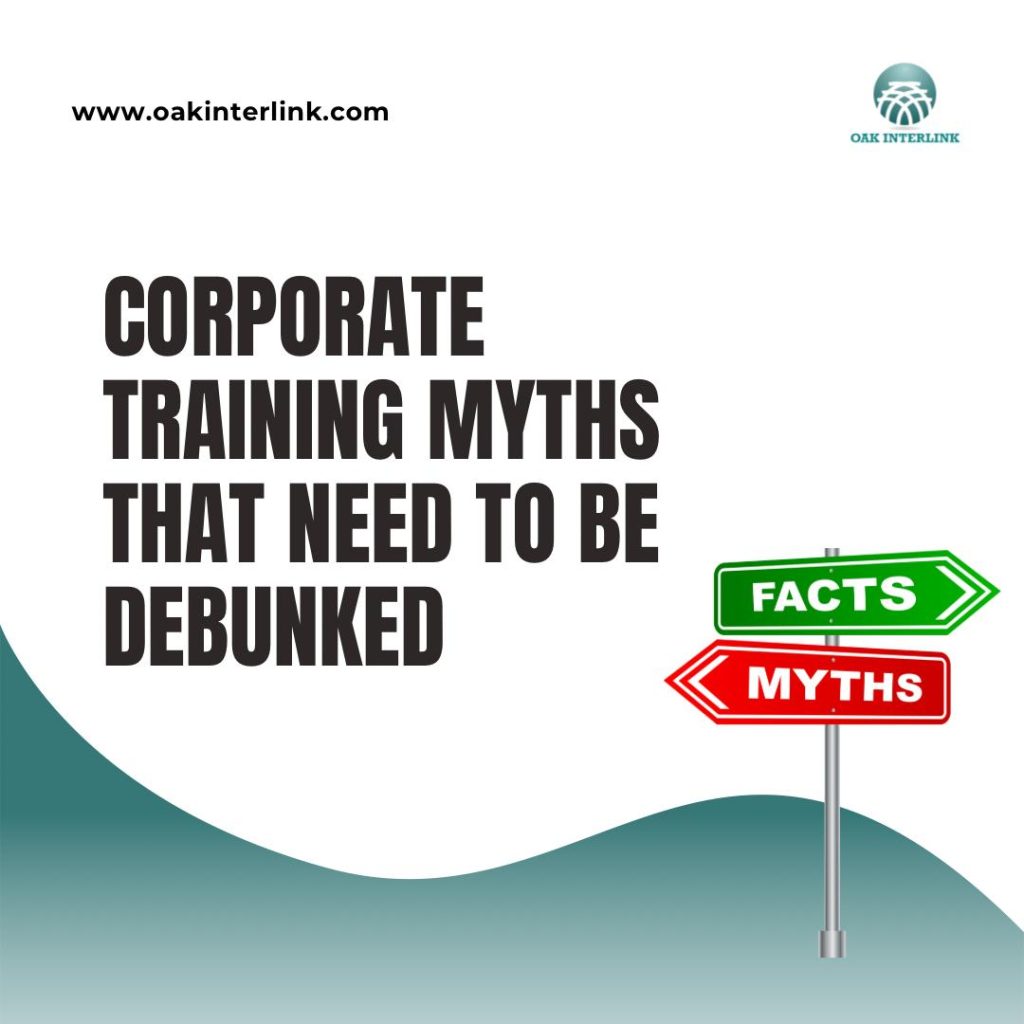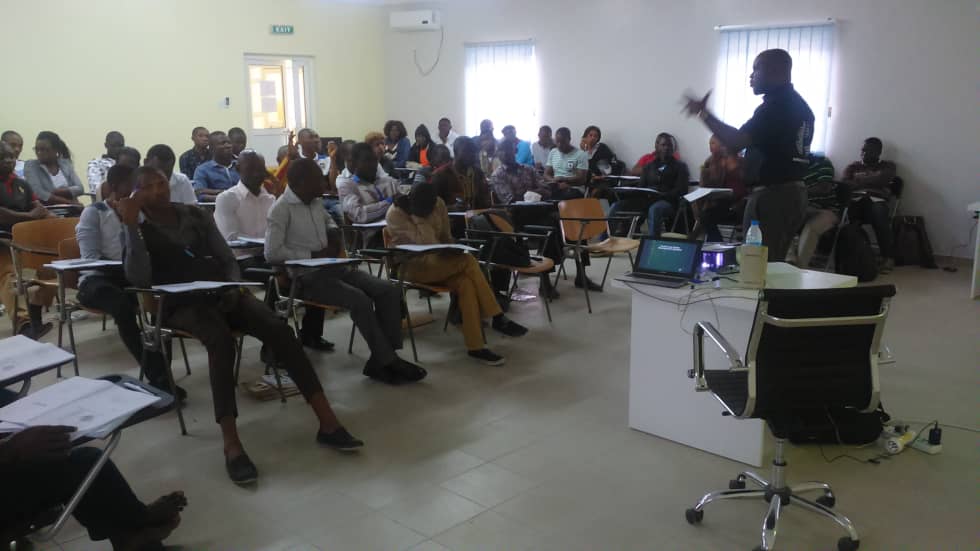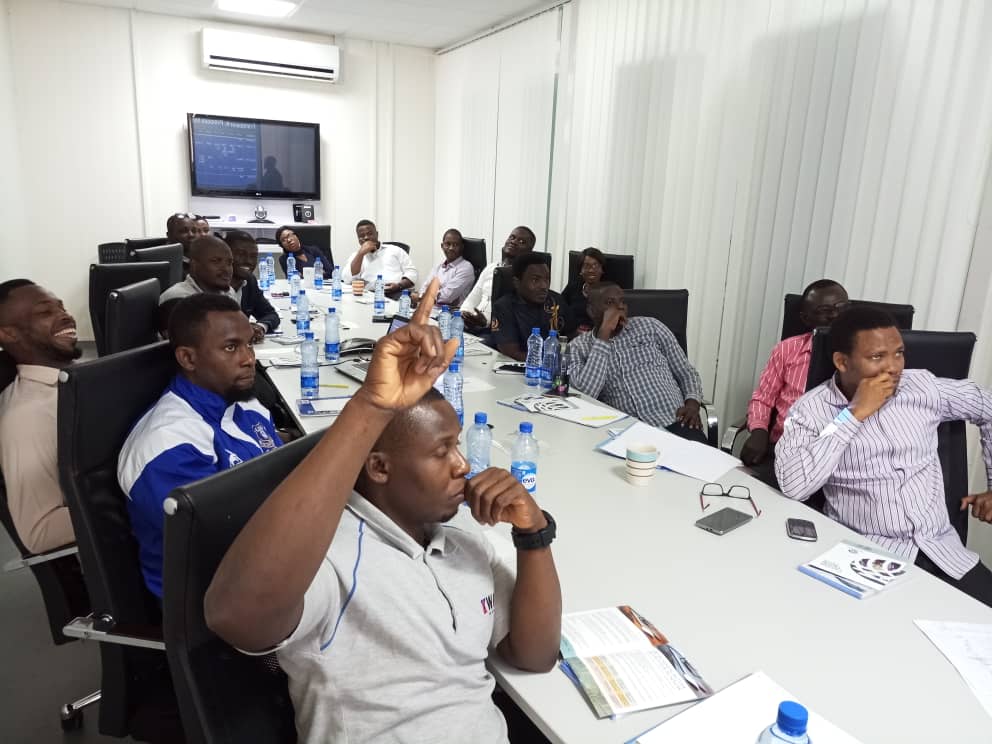In business today, projects are the backbone of growth and innovation. Whether you’re launching a new product, implementing a technology upgrade, or expanding into new markets, success hinges on more than just good ideas and hard work. It requires structure, accountability, and clear decision-making processes—this is where a project governance framework comes in.

What Is a Project Governance Framework?
A project governance framework is a structured approach to overseeing and managing projects, ensuring they align with business goals, stay on schedule, and deliver value. It defines roles, responsibilities, processes, and decision-making authority, creating a roadmap for project execution.
Without a governance framework, projects can quickly spiral out of control, leading to missed deadlines, budget overruns, and misaligned priorities. A well-defined governance structure helps businesses mitigate risks, optimize resources, and maintain accountability across teams.

The Key Benefits of Project Governance
1. Better Decision-Making
A governance framework provides a structured approach to decision-making, ensuring that all choices are backed by data and aligned with strategic business objectives. This prevents knee-jerk reactions and keeps projects on track.
2. Improved Accountability
Clear roles and responsibilities reduce confusion about who is responsible for what. This accountability ensures that tasks are completed efficiently, and any issues are addressed promptly by the right people.
3. Risk Management
Every project carries risks, from financial uncertainties to resource constraints. A governance framework allows businesses to identify, assess, and mitigate risks early, reducing the chances of costly failures.
4. Enhanced Communication
With a governance framework in place, stakeholders, project managers, and teams have a clear communication structure. Regular check-ins, status updates, and reporting mechanisms ensure transparency and alignment.
5. Resource Optimization
Projects require time, money, and talent. A governance framework ensures resources are allocated efficiently, preventing overspending and underutilization of critical assets.
6. Consistency Across Projects
Standardized governance processes allow businesses to execute multiple projects with consistency. This is particularly valuable for growing organizations managing several initiatives simultaneously.

Essential Components o f a Project Governance Framework
For a governance framework to be effective, it should include:
- Defined Roles & Responsibilities – Who makes decisions? Who is responsible for execution? Clarity prevents bottlenecks.
- Project Lifecycle Stages – From initiation to closure, each phase should have clear processes and requirements.
- Decision-Making Hierarchy – A structured process for approvals, escalations, and changes ensures efficiency.
- Performance Metrics & Reporting – Regular tracking of KPIs ensures alignment with business goals.
- Risk & Issue Management – Proactive identification and mitigation strategies for potential obstacles.

Implementing a Project Governance Framework in Your Business
- Assess Your Current Process – Identify gaps in your existing project management approach.
- Define Clear Objectives – Ensure governance aligns with your business goals.
- Establish Roles & Responsibilities – Assign key decision-makers and accountability structures.
- Standardize Processes & Documentation – Create guidelines for consistency across projects.
- Invest in the Right Tools – Use project management software to streamline tracking and reporting.
- Monitor & Improve Continuously – Regularly review and refine governance practices to adapt to business needs.
A strong project governance framework is a necessity for any business aiming to execute projects successfully. By implementing a structured approach, companies can improve efficiency, minimize risks, and drive long-term success.
If your business hasn’t established a governance framework yet, now is the time to start. The benefits far outweigh the effort, and the long-term gains will position your organization for sustainable growth.









